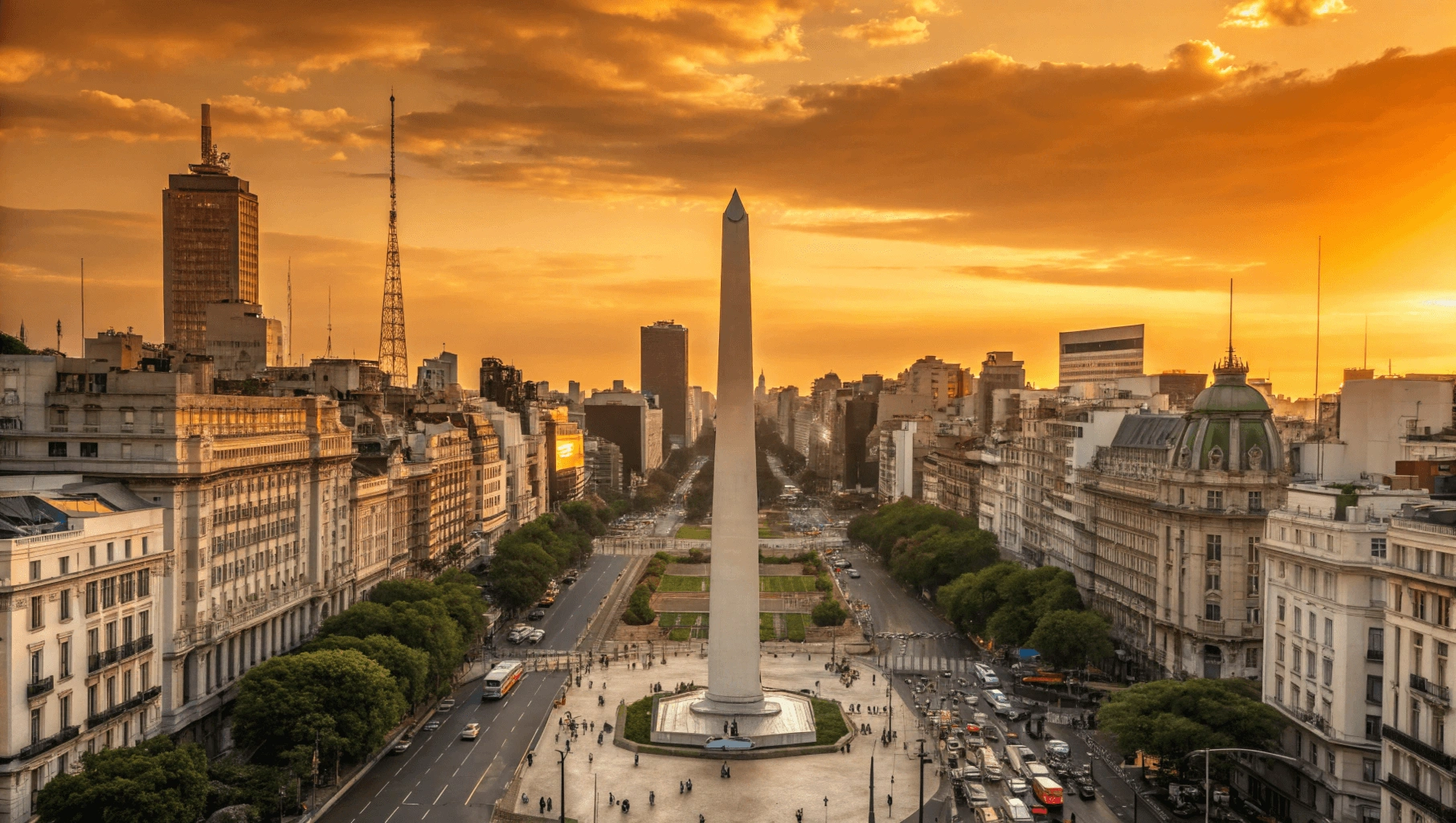Argentina, a land of passionate tango, exceptional wines, and breathtaking landscapes, offers travelers far more than just its famous capital. While Buenos Aires rightfully captures attention with its European elegance and vibrant energy, Argentina’s urban tapestry extends far beyond this single metropolis. From the wine-soaked streets of Mendoza to the glacial gateway of Ushuaia, Argentina’s cities represent diverse cultures, histories, and experiences waiting to be discovered.
This comprehensive guide takes you on a journey through Argentina’s most captivating cities, providing essential information, insider tips, and practical advice to help you plan your perfect Argentine adventure. Whether you’re drawn to colonial architecture, outdoor adventures, culinary explorations, or cultural immersion, argentina city offer something for every traveler.
Table of Contents
Buenos Aires: The Vibrant Capital

As Argentina’s beating heart and cultural epicenter, Buenos Aires seamlessly blends European sophistication with Latin American passion. Home to nearly 3 million residents (with over 13 million in the metropolitan area), this sprawling metropolis on the banks of the Río de la Plata serves as most travelers’ introduction to argentina city.
Must-See Neighborhoods
- La Boca: This colorful working-class neighborhood showcases vibrant painted buildings along the famous Caminito street. Once the heart of Italian immigration, La Boca retains its artistic spirit and houses the passionate Boca Juniors football club.
- Palermo: Buenos Aires’ largest neighborhood splits into smaller districts like Palermo Soho (fashion and design) and Palermo Hollywood (restaurants and nightlife). Lush parks, trendy boutiques, and exceptional dining make this area a must-visit.
- Recoleta: Known for its elegant architecture and the famous Recoleta Cemetery (where Eva Perón rests), this upscale neighborhood features French-style mansions, high-end shopping, and sophisticated cafés.
- San Telmo: The city’s oldest neighborhood charms visitors with cobblestone streets, antique shops, and the popular Sunday market at Plaza Dorrego. History enthusiasts and bohemian travelers will feel at home here.
Iconic Landmarks
- Plaza de Mayo: The political heart of argentina city features the iconic Casa Rosada (presidential palace), the Metropolitan Cathedral, and the Cabildo (colonial town hall).
- Teatro Colón: One of the world’s best opera houses, renowned for its perfect acoustics and magnificent architecture.
- Obelisco: Standing tall on Avenida 9 de Julio (one of the world’s widest avenues), this monument symbolizes the city.
- Puerto Madero: Once an abandoned port, now transformed into an upscale district with modern architecture, excellent restaurants, and the iconic Puente de la Mujer (Woman’s Bridge).
Cultural Highlights
- Tango: Experience Argentina’s passionate dance at milongas (tango dance halls) like Salon Canning or La Viruta, or enjoy professional performances at venues like Café Tortoni.
- Culinary Scene: Sample Argentine beef at traditional parrillas (steakhouses), enjoy Italian-influenced cuisine, and don’t miss trying empanadas, dulce de leche, and mate.
- Museums: Explore MALBA (Latin American art), the National Museum of Fine Arts, and the Evita Museum to understand Argentine history and culture.
Practical Tips
- Transportation: The Subte (subway) offers six lines connecting major areas. SUBE cards work for buses and trains too.
- Safety: Exercise typical urban caution, especially at night. Touristy areas like La Boca are best visited during daytime hours.
- Local Insight: Buenos Aires operates on a late schedule – dinner typically starts after 9 pm, and nightlife doesn’t pick up until after midnight.
Unique Tip: Visit the Palermo parks on weekends when locals gather for picnics and mate-drinking sessions – a perfect opportunity to experience porteño culture firsthand.
Beyond the Capital: Exploring Major Argentinian Cities
Córdoba
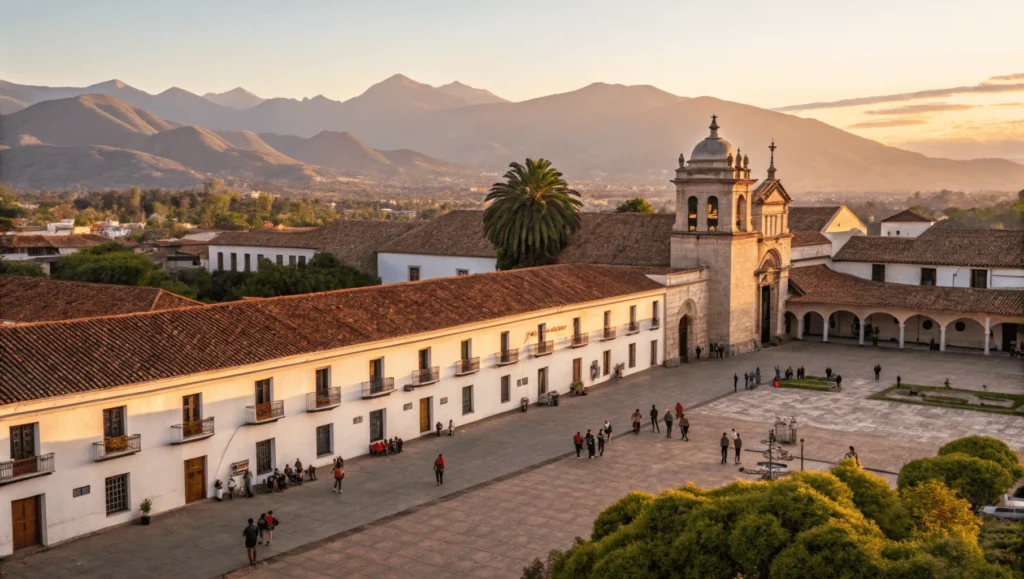
Snapshot: argentina city second-largest city (1.5 million residents), known as “La Docta” (The Learned) for its historic university and intellectual tradition.
Why Visit: Córdoba blends colonial heritage with youthful energy, thanks to its large student population. The Jesuit Block, a UNESCO World Heritage site, showcases exceptional 17th-century architecture, while the surrounding Sierras offer outdoor adventures just a short drive away.
Notable For:
- Argentina’s oldest university (founded 1613)
- Stunning colonial churches and architecture
- Cuarteto music (local dance music genre)
- Gateway to the scenic Córdoba Sierras
Best Time to Visit: March-May or September-November for pleasant temperatures and fewer tourists.
Getting There: Regular flights from Buenos Aires (1.5 hours) or comfortable overnight buses (10 hours).
Mendoza
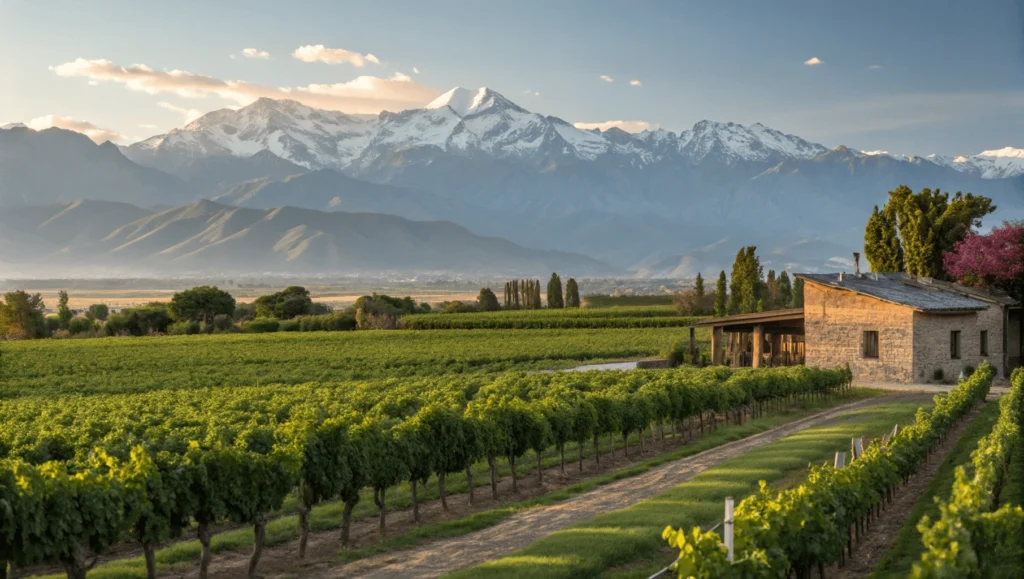
Snapshot: Argentina’s wine capital (population ~900,000), nestled at the foot of the Andes Mountains.
Why Visit: World-class wineries, spectacular mountain scenery, and exceptional cuisine make Mendoza a paradise for epicureans and outdoor enthusiasts alike. The city itself features leafy plazas, wide boulevards, and a relaxed atmosphere that invites lingering.
Notable For:
- Malbec wine production and vineyard tours
- Proximity to Aconcagua, the highest mountain in the Americas
- Sophisticated culinary scene focusing on local ingredients
- Adventure activities like rafting, hiking, and mountain biking
Best Time to Visit: February-April for wine harvest season or September-November for pleasant weather and blooming trees.
Getting There: Direct flights from Buenos Aires (2 hours) or scenic bus journeys through the mountains.
Insider Tip: Book a bike tour of the wineries in Luján de Cuyo or Maipú for an unforgettable way to sample Argentina’s finest wines.
Rosario
Snapshot: argentina city third-largest city (1.2 million residents), birthplace of revolutionary Che Guevara and football legend Lionel Messi.
Why Visit: Set along the mighty Paraná River, Rosario offers beautiful waterfront parks, impressive architecture, and a vibrant cultural scene without the tourist crowds of Buenos Aires.
Notable For:
- The National Flag Monument (Monumento a la Bandera)
- Vibrant arts scene and street culture
- Excellent riverfront dining and nightlife
- Passionate football culture (Newell’s Old Boys and Rosario Central)
Best Time to Visit: October-April for enjoying the riverside beaches and outdoor activities.
Getting There: 4-hour bus ride or short flight from Buenos Aires.
Salta
Snapshot: Colonial gem in Argentina’s northwest (population ~600,000), nicknamed “Salta la Linda” (Salta the Beautiful).
Why Visit: Perfectly preserved colonial architecture, stunning Andean landscapes, and strong indigenous heritage make Salta one of argentina city most culturally distinct cities.
Notable For:
- Exquisite colonial center with the pink MAAM museum
- Traditional peñas offering authentic northwest folk music
- Gateway to the colorful valleys of Quebrada de Humahuaca and Cafayate
- Distinctive regional cuisine featuring empanadas salteñas and locro stew
Best Time to Visit: April-June or September-November for mild temperatures and clear skies.
Getting There: 2-hour flight from Buenos Aires or scenic train ride on the “Train to the Clouds.” The Tren a las Nubes ascends to over 4,200 meters, making it one of the highest railways in the world (Argentina Travel Official Site).
Bariloche (San Carlos de Bariloche)
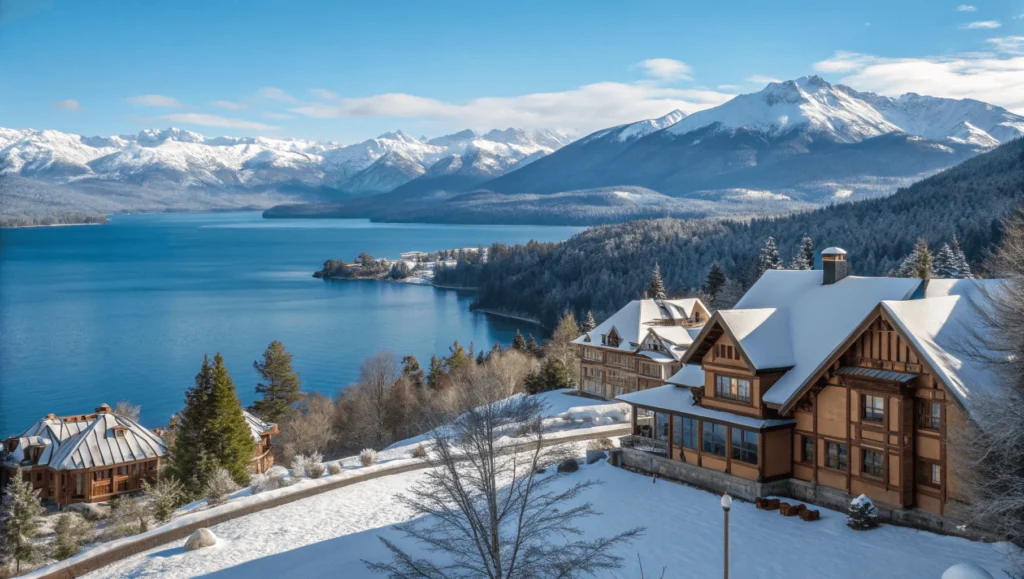
Snapshot: Alpine-style city (population ~135,000) in northern Patagonia, nestled along the shores of Nahuel Huapi Lake.
Why Visit: Spectacular mountain and lake scenery make Bariloche Argentina’s premier destination for both winter sports and summer outdoor activities, complemented by its famous chocolate shops and Alpine-inspired architecture.
Notable For:
- World-class skiing at Cerro Catedral
- Stunning lake district reminiscent of Switzerland
- Renowned chocolate production and craft breweries
- Gateway to Nahuel Huapi National Park
Best Time to Visit: July-September for skiing or December-March for hiking and lake activities.
Getting There: 2-hour flight from Buenos Aires or scenic bus journeys through Patagonia.
Mar del Plata
Snapshot: argentina city premier beach destination (population ~650,000, swelling to over 1 million during summer season).
Why Visit: Expansive beaches, lively atmosphere, and classic coastal architecture make “Mardel” the quintessential Argentine seaside experience.
Notable For:
- Extensive beaches along the Atlantic coast
- Traditional seafood dining and vibrant nightlife
- Historic architecture including the Villa Victoria Cultural Center
- Popular casino and entertainment complex
Best Time to Visit: December-February for the full beach season experience (though expect crowds), or November/March for more tranquility.
Getting There: 5-hour bus ride or short flight from Buenos Aires.
Ushuaia
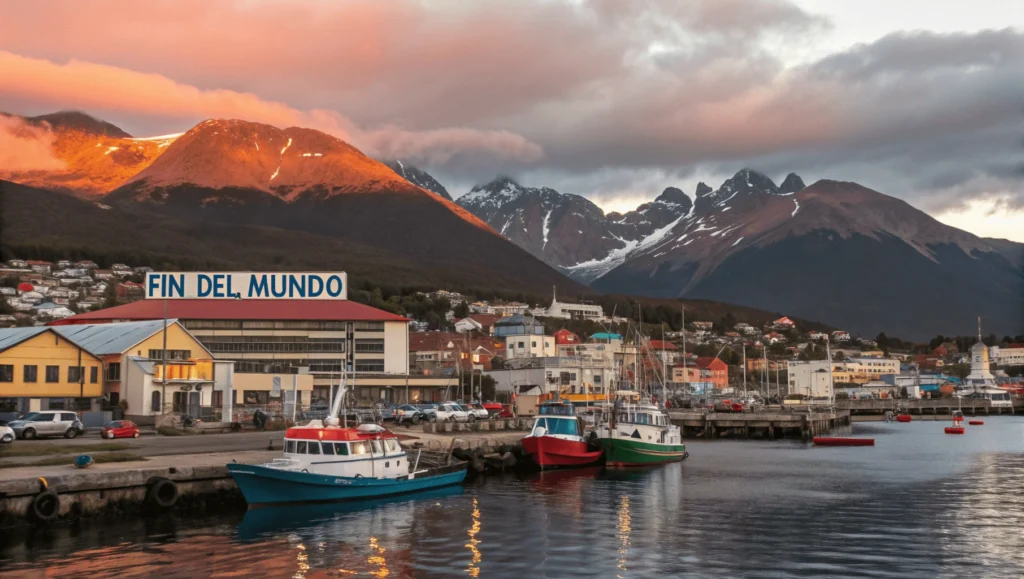
Snapshot: The world’s southernmost city (population ~75,000), dubbed “El Fin del Mundo” (The End of the World).
Why Visit: Dramatic mountain and maritime landscapes create an otherworldly setting for this frontier city, which serves as both a gateway to Antarctica and a destination in its own right.
Notable For:
- Beagle Channel boat excursions to view penguins and sea lions
- Gateway to Tierra del Fuego National Park
- Departure point for Antarctic expeditions
- End of the Pan-American Highway
Best Time to Visit: December-February for milder temperatures and up to 17 hours of daylight.
Getting There: 3.5-hour flight from Buenos Aires.
Understanding Argentina’s Urban Landscape
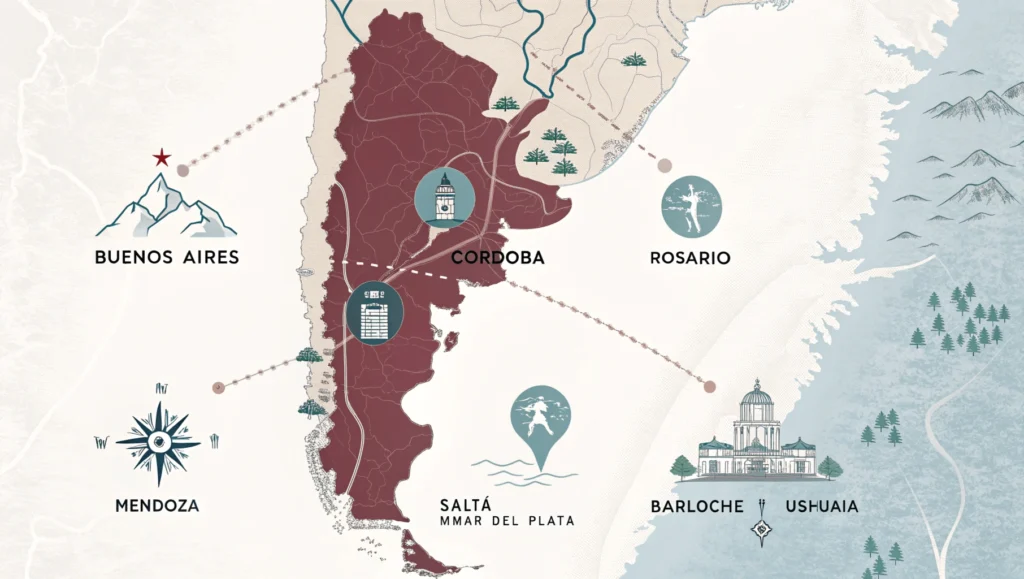
argentina city developed under various influences, from Spanish colonial patterns to waves of European immigration in the late 19th and early 20th centuries. This created distinct urban environments across the country’s diverse geography.
Urban Classifications in argentina city:
| Classification | Population | Examples |
|---|---|---|
| Metropolitan Cities | Over 1 million | Buenos Aires, Córdoba, Rosario |
| Large Cities | 300,000-1 million | Mendoza, Salta, Mar del Plata |
| Mid-sized Cities | 100,000-300,000 | Bariloche, Neuquén, Posadas |
| Small Cities | Under 100,000 | Ushuaia, El Calafate, Cafayate |
Geographic Distribution
argentina city can be categorized by their distinctive geographic settings:
Coastal Cities:
- Buenos Aires and Greater Buenos Aires (Río de la Plata)
- Mar del Plata, Necochea, Puerto Madryn (Atlantic)
- Ushuaia (Beagle Channel)
Andean Cities:
- Mendoza, San Juan (central Andes)
- Salta, Jujuy (northwestern Andes)
- Bariloche, El Calafate (Patagonian Andes)
Pampas Cities:
- Córdoba, Rosario, Santa Fe (fertile agricultural heartland)
- La Plata (eastern pampas, near Buenos Aires)
Northern Cities:
- Resistencia, Corrientes (subtropical north)
- Posadas, Puerto Iguazú (Mesopotamia region)
Thematic Lists & Comparisons
Top 5 Largest Cities in Argentina
- Buenos Aires: 3 million (city proper), 13+ million (metro area) Beyond size: Cultural capital, economic engine, and international gateway
- Córdoba: 1.5 million Beyond size: Educational powerhouse with strong aerospace and automotive industries
- Rosario: 1.2 million Beyond size: Important agricultural export hub with vibrant arts scene
- Mendoza: 900,000 Beyond size: Wine capital with strong tourism and agricultural economies
- Tucumán: 800,000 Beyond size: Historical significance as birthplace of argentina city independence
Best Cities for Culture Vultures
- Buenos Aires: Unmatched performing arts (Teatro Colón), museums, literary heritage, and tango culture
- Córdoba: Colonial architecture, contemporary art scene, and distinctive cuarteto music
- Salta: Indigenous heritage, archaeological museums, and traditional peñas (folk music venues)
- Rosario: Contemporary art spaces, avant-garde theater, and vibrant street culture
- San Antonio de Areco: Gaucho traditions preserved in this charming pampas town
Best Cities for Nature & Adventure Lovers
- Bariloche: Skiing, hiking, kayaking, and mountain biking in lake district surroundings
- El Calafate: Gateway to Perito Moreno Glacier and Los Glaciares National Park
- Ushuaia: Hiking, wildlife watching, and Antarctic expeditions
- Puerto Iguazú: Access to the magnificent Iguazú Falls
- Mendoza: Mountain adventures, including trekking, rafting, and climbing
Best Cities for Foodies & Wine Enthusiasts
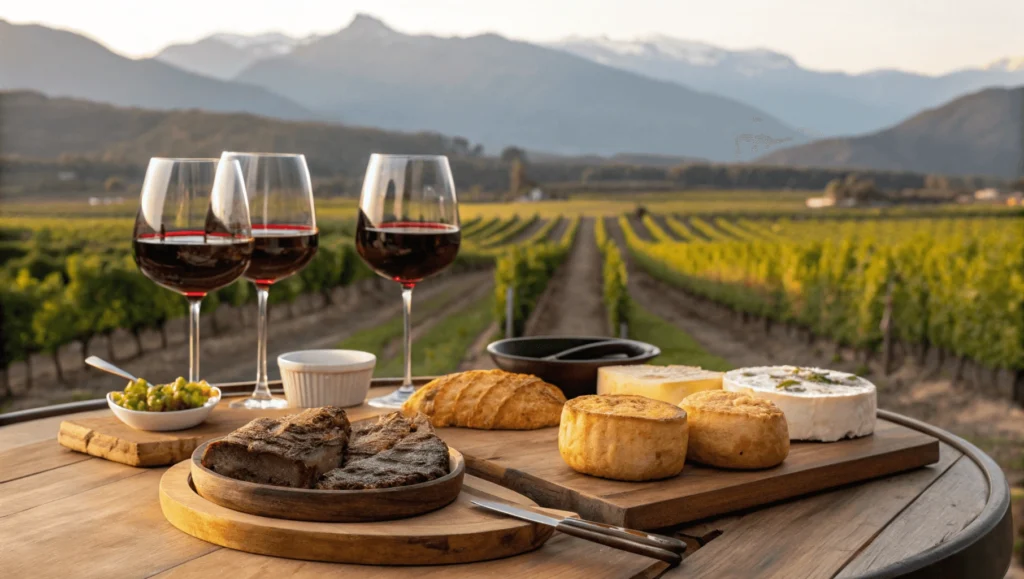
- Mendoza: World-class wineries, vineyard restaurants, and olive oil production
- Buenos Aires: Exceptional steakhouses, international cuisine, and sophisticated dining scene
- Salta: Distinctive northwestern cuisine with indigenous influences
- Bariloche: Chocolate, craft beer, and Alpine-inspired cuisine
- Ushuaia: Fresh seafood, especially king crab and sea bass
Best Cities for Expats & Digital Nomads
- Buenos Aires: Large expat community, coworking spaces, and cultural attractions
- Córdoba: Lower cost of living, university atmosphere, and nearby natural escapes
- Mendoza: Relaxed lifestyle, outdoor activities, and growing international community
- Bariloche: Natural beauty and outdoor lifestyle for remote workers
- Salta: Authentic cultural experience with improving digital infrastructure
Practical Travel Tips for Argentinian Cities
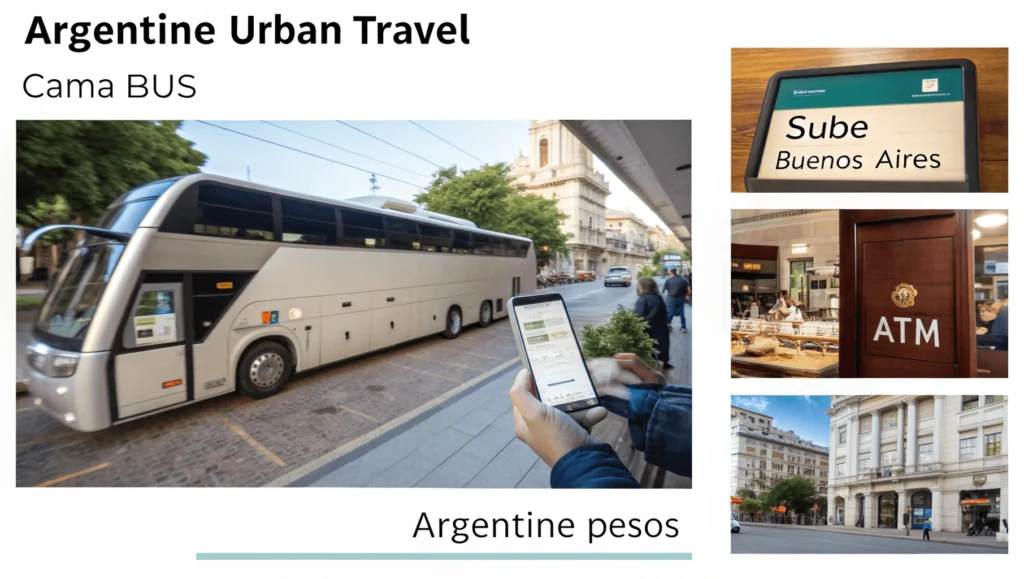
Getting Between Cities
By Air:
- Aerolineas Argentinas offers the most comprehensive domestic network
- LATAM and low-cost carriers JetSMART and Flybondi provide competitive options
- Consider the Aerolíneas Argentinas Visit argentina city Pass for multiple destinations
By Bus:
- argentina city has an excellent long-distance bus network with various service classes
- Premium “cama” (bed) services offer fully-reclining seats, meals, and entertainment
- Major companies include Via Bariloche, Chevallier, and Andesmar
By Car:
- Renting a car offers flexibility for exploring regions like the Wine Route or Lake District
- Major highways connect most cities, though distances can be substantial
- International driver’s license recommended but not always required
Safety in Argentine Cities
- General Precautions: As in any urban environment, remain aware of your surroundings
- Petty Theft: Keep valuables secure, especially in crowded tourist areas and public transport
- Safest Cities: Bariloche, Mendoza, and smaller Patagonian towns typically have lower crime rates
- Evening Hours: Use registered taxis or ride-sharing apps when traveling at night in major cities
Language Essentials
While English is increasingly spoken in tourist areas, learning basic Spanish phrases enhances your experience:
- “Hola” – Hello
- “Por favor” – Please
- “Gracias” – Thank you
- “¿Cuánto cuesta?” – How much does it cost?
- “¿Dónde está…?” – Where is…?
- “No entiendo” – I don’t understand
- “Habla inglés?” – Do you speak English?
Money Matters
- Currency: Argentine Peso (ARS), though USD is sometimes accepted in tourist areas
- Cash vs. Cards: Always carry some cash, especially in smaller cities and rural areas
- ATMs: Widely available in cities but may have withdrawal limits
- Tipping: 10% is standard in restaurants; small tips appreciated for taxi drivers and hotel staff
- Exchange Rates: Be aware of official vs. unofficial rates; consult recent travelers for current advice
Frequently Asked Questions
What is the main city of Argentina?
Buenos Aires is Argentina’s capital and largest city, serving as the country’s political, economic, and cultural center with over 3 million residents in the city proper and more than 13 million in the metropolitan area.
What are the top 5 biggest cities in Argentina?
Buenos Aires (3 million, 13+ million metro)
Córdoba (1.5 million)
Rosario (1.2 million)
Mendoza (900,000)
Tucumán (800,000)
Is Buenos Aires the only major city in Argentina?
Absolutely not! While Buenos Aires is the largest and most internationally recognized, Argentina boasts numerous significant cities including Córdoba, Rosario, Mendoza, and Salta, each with distinct characteristics, cultures, and attractions that make them worthy destinations in their own right.
What are the safest cities in Argentina?
Bariloche, Mendoza, and smaller cities in Patagonia generally have lower crime rates. While Buenos Aires requires typical urban precautions, tourist areas are generally well-patrolled. As always, remain vigilant about belongings and be cautious in unfamiliar neighborhoods, especially after dark.
When is the best time to visit cities in Argentina?
It depends on your destination and preferences:
Buenos Aires: Spring (September-November) and fall (March-May) offer pleasant temperatures
Mendoza: February-April for wine harvest season
Bariloche: July-September for skiing, December-March for hiking
Northern cities: April-October for milder temperatures and less rainfall
Patagonian cities: December-February for warmer weather and accessibility
How much time should I spend in each Argentine city?
Buenos Aires: Minimum 3-4 days to appreciate the diverse neighborhoods
Mendoza: 2-3 days for wine tours and city exploration
Córdoba/Rosario/Salta: 2 days each for city highlights
Bariloche/Ushuaia: 3+ days to enjoy outdoor activities and surrounding nature
Mar del Plata: 2 days is sufficient unless beach relaxation is your primary goal
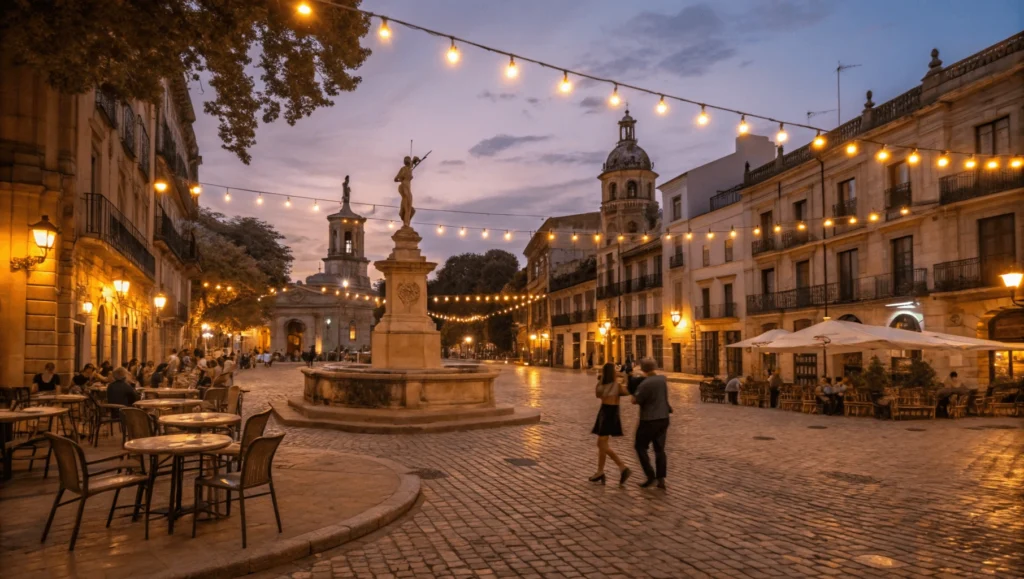
Conclusion: Your Argentinian Urban Adventure Awaits
argentina city offer a fascinating mosaic of experiences, from the European-influenced elegance of Buenos Aires to the Andean charm of Salta, the alpine atmosphere of Bariloche, and the frontier spirit of Ushuaia. Each urban center provides a unique window into Argentine culture, cuisine, and character.
Whether you’re planning to visit just one Argentine city or embark on a comprehensive tour of the country’s urban landscapes, understanding these distinctive destinations will enhance your journey and create unforgettable experiences.
argentina city invite you to tango in historic plazas, savor world-class wines against mountain backdrops, explore colonial architecture under southern sunshine, and connect with some of South America’s warmest and most passionate people. The only question that remains is: which Argentine city will capture your heart first?
Ready to explore Argentina’s magnificent cities? Bookmark our detailed city guides and start planning your perfect Argentine adventure today!

